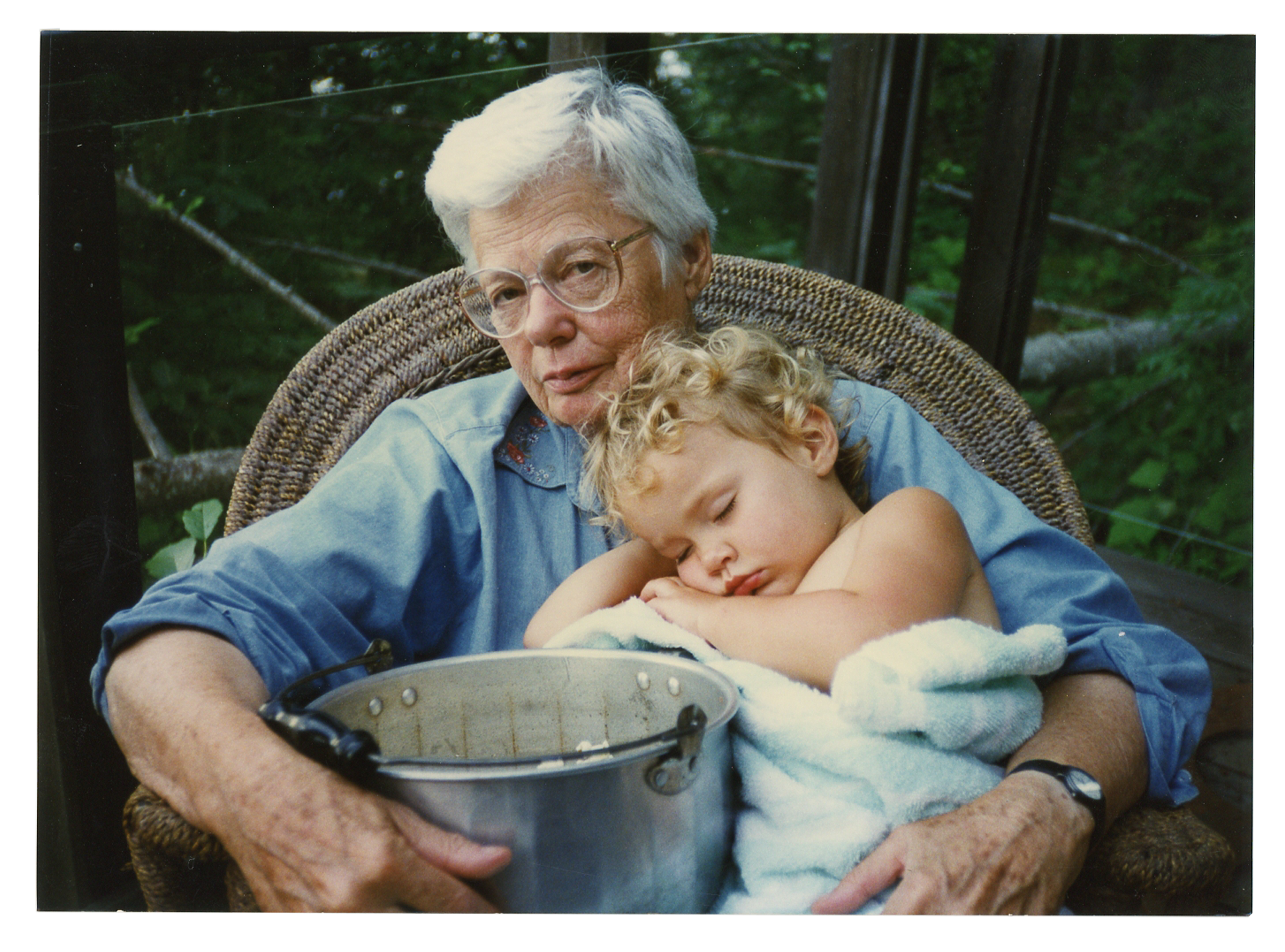“A Brief History of the Lodgepole Pine Tree.” New England Graduate Media Symposium, Unsettling: Reexaminations of Home. Emerson College, Boston, MA. 2017
As divisive US government policies increasingly emphasize the legal definitions of residency, citizenship, and origin, the concept of home undergoes complex reframing. Unsettling: Reexaminations of Home explores topics related to the shifting, at times contradictory definitions of home: as a place of origin defined by borders and familial or cultural lineage; as spaces of safety and belonging that move with people as they migrate or face displacement due to political, personal, or natural circumstances; and as non-places located in community interactions rather than specific sites.
“A Brief History of the Lodgepole Pine Tree” is a personal essay in which familial lineage, collective memory, and the significance of place are explored through the author's relationship with a summer cabin in the Idaho Panhandle. In this essay, the verbal and the visual aim for seamless unity by exploring architectural space through writing and imaging of spatial memories.
…
“Method of Loci” is a phrase synonymous with the memory palace; a mnemonic device reportedly invented by Greek and Roman orators as a way to order their thoughts by associating various memories with the features of a familiar place. I wonder if the inverse is not also possible, and that in revisiting a familiar place—a childhood home for example—one might encounter previously forgotten objects capable of re-animating familial histories?
In the early years of the twentieth century my great-grandfather emigrated from Scotland to the Pacific Northwest region of the United States where he found mild success as surveyor for the United States Forest Service. Late in life he purchased a small cabin in a remote part of Idaho’s Panhandle region which he and some colleagues had once stayed in during a surveying trip. More than one hundred years later, and upon the recent death of my grandmother, that cabin and the small plot of land it sits upon have been left to my sister and I to maintain.
Effectively raised in that cabin, I recall my childhood as belonging to an antiquated past, something too old and distant to be mine alone. This is because the cabin has never been modernized. To this day it is characterized by early-twentieth-century features: a functioning cast iron stove, a worn and thinning skin of brick linoleum providing the only barrier between loose-fitting floorboards and the earth beneath one’s feet, a complete lack of running water, two-man crosscut saws, ceramic water coolers, a 1903 Encyclopedia Britannica, all situated in a dense forest populated by lodgepole pine trees.
This essay emphasizes architecture as a mediating device between material and phenomenological content from which familial kin is ordered in my memory. I aim to produce an autobiographical architectural history in the form of a personal essay. This personal essay will employ both textual and graphic forms of communication, (the latter through the use of familial archival photography). The essay will examine such issues as family- and object-oriented kinships, re-mediation of personal archives and the fidelity of memories. This project “re-kins” architecture in an effort to explore new disciplinary trajectories.
With this project I hope to confirm autobiography’s yet unseen ability to critically shape the forums in which more traditional architectural histories circulate. This proposal is essentially twofold: 1) it aims to enact a creative inquiry looking at the ways people assign memories to architectural content, and 2) it asks how architecture history—the history of buildings in this case—can be opened more fully to history by way of the subjective and banal but nevertheless poetically charged experiences of daily life. The final submission will read as a personal essay in which I explore my relationship with my family as it is to be found in the architecture of a one-hundred-year-old cabin in the backwoods of northern Idaho.



